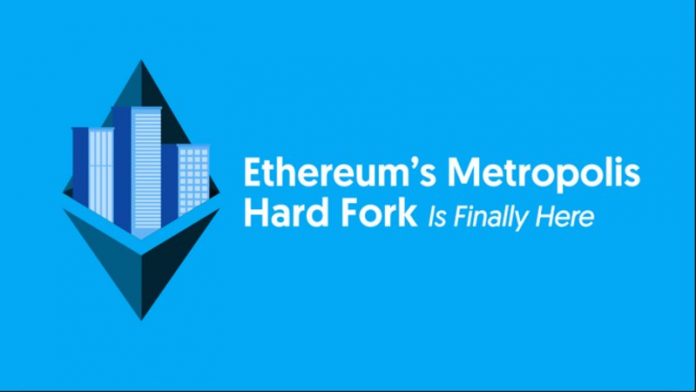Ethereum, one of the giant cryptocurrencies in the crypto market, may be struggling to retain its value and solve its congestion and speed challenges, but it undeniably has good news that will sound well to its enthusiasts and investors.
The Launch of Constantinople
Constantinople is Ethereum’s upcoming system-wide advancement. The project was finalized on 31st August 2018 and it comprises five Ethereum Improvement Proposals (EIPs). Once launched, the EIPs will completely modify Ethereum with a provision of extra backward-discordant advancements.
This implies that all Ethereum nodes– the link of machines which control the Ethereum software- must either advance together with the entire system or persist operating as distinct blockchain entity.
Commonly labelled as “hard fork,” system-wide advancements have caused several issues in the past. The most common one is when some users fail to settle on changes made. This can give rise to two distinct forms of a similar blockchain functioning at the same time.
Currently, Ethereum network miners are anxious about the looming pay cut that will be triggered by the launch of Constantinople. However, by ensuring an equilibrium between all stakeholder concerns, inventors are convinced that the improvement will be widely accepted.
The 5 EIPs of Constantinople
EIP 145. This is a technical improvement developed by two Ethereum inventors, Alex Beregszaszi and Pawel Bylica. This upgrade offers an effective method of data processing known as bitwise shifting.
EIP 1052. This upgrade was created by Nick Johnson and Pawel Bylica to act as a method of facilitating large-scale code implementation on the blockchain.
EIP 1283. This is an upgrade of EIP 1087 developed by Johnson. Its unbiased strategy for modifications done to the stored information is of great benefit to smart contract inventors.
EIP 1014. Invented by the father of Ethereum himself, Vitalik Buterin, the role of this advancement is to offer a better form of scaling solution grounded on state channels and “off-chain” activities.
EIP 1234. Created by Afri Schoedon, this upgrade is meant to decrease block mining charges from 3 ETH to 2 ETH and keep the difficulty bomb for one year.
The Impact of these EIPs
Generally, the 5 EIPs will greatly influence Ethereum in terms of its overall objectives and future projects to be developed on the decentralized ledger.
Presently, each EIP will undergo testing, execution and peer-evaluation stages in the upcoming weeks.




